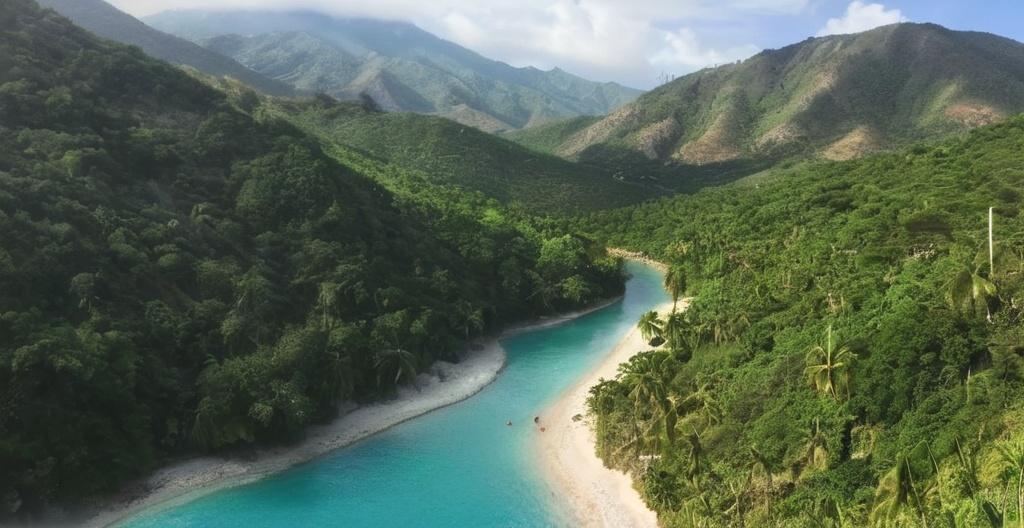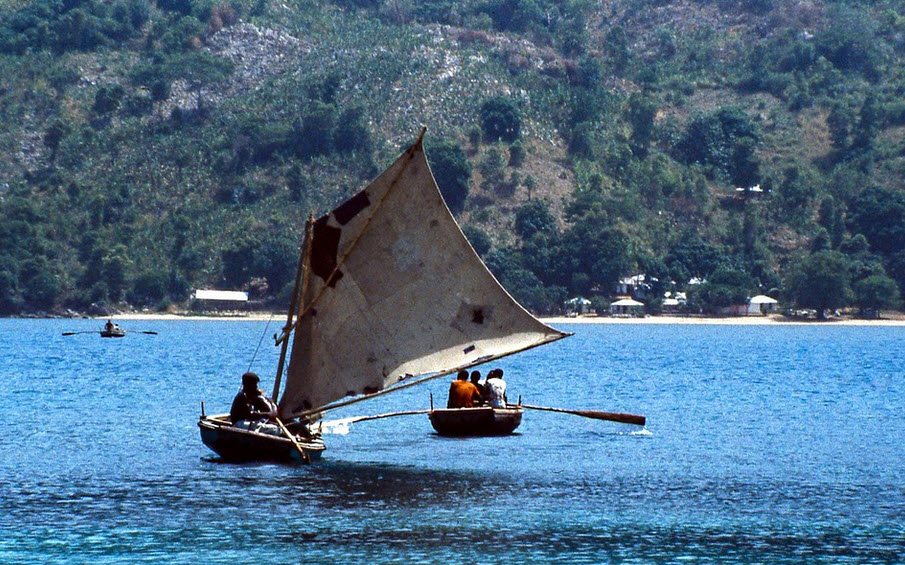Key Take Aways About Cities in Haiti
- Port-au-Prince: The bustling capital known for its vibrant markets, museums, street art, and cultural performances.
- Cap-Haïtien: A city with colonial architecture and the historic Citadelle Laferrière; life moves at a slower pace here.
- Jacmel: Haiti’s artistic hub, famous for its festivals, mosaics, murals, and local artisan shops.
- Les Cayes: Gateway to the south offering eco-tourism opportunities with stunning beaches and hiking trails.
- Gonaïves: Known as the city of independence, featuring historical sites and celebratory events.
- Each city in Haiti reveals its unique blend of history, culture, and natural beauty, reflecting the resilience and creativity of its people.

Introduction to Haiti’s Cities
Haiti, a nation with a rich history and culture, offers an array of cities that reflect its vibrant past and present. While many travelers head straight for the beaches, the cities provide a glimpse into the everyday life and the soul of this Caribbean country.
Port-au-Prince: The Bustling Capital
Port-au-Prince, the capital, is a city bustling with activity. Known for its vibrant markets and museums, it’s where you’ll see the country’s contrasts vividly. The Iron Market, or Marché en Fer, is a must-visit. It’s not your typical shopping experience, more like a colorful dance of commerce and culture. Boutiques spill over with artisanal crafts, and the aroma of local food stalls fills the air.
The Musée du Panthéon National Haïtien gives insights into the student protests, dictatorships, and natural disasters that have affected the nation. The museum’s exhibits transport you back in time. If walls could talk, huh?
Cultural Experiences
Port-au-Prince has something for the art lovers too. Street art isn’t just wall decor here; it’s a form of expression and historical storytelling. The city is also home to some incredible dance and music performances, reflecting the rhythm of the local culture.
Cap-Haïtien: The Northern Gem
Head north to Cap-Haïtien, which once served as the capital of the French colony. It’s a city where colonial architecture meets modern Haitian life. Strolling through its streets, you get a sense of its historic significance. The Citadelle Laferrière, a fortress perched atop a mountain, stands as a testament to the Haitian people’s fight for freedom. Getting there requires a hike or a horse ride. Either way, it’s a workout with a history lesson at the end.
Lifestyle and Leisure
Life in Cap-Haïtien moves at a slower pace. Beach lovers can find solace in the nearby Labadee area, where turquoise waters meet lush greenery. It’s postcard-perfect.
Jacmel: The Artistic Hub
Down south, you’ll find Jacmel, Haiti’s arts capital. Known for its vibrant festivals, the city comes alive, especially during Carnival. Expect a sensory overload of color, sound, and dance. Even when it’s not festival season, the streets are adorned with mosaics and murals, each telling a different story.
Engaging with Local Art
The local artisans make everything from paper mache masks to intricate beadwork. Visiting their shops feels like diving into a treasure chest of creativity. It’s not just a place to buy souvenirs but to meet the artisans and hear their tales.
Les Cayes: Gateway to the South
Les Cayes, in the southern part of Haiti, is your starting point for exploring the region’s natural beauty. The surrounding areas boast some of the country’s best beaches and diving spots. Right at the coast, Île-à-Vache promises an untouched island experience with its pristine beaches and laid-back vibe.
Eco-Tourism Opportunities
If adventure is what you’re after, the south is the place to be. From hiking trails in Macaya National Park to exploring the underwater realms, there’s enough to keep you occupied. Eco-tourism initiatives here aim to preserve the natural habitat while offering travelers an authentic experience.
Gonaïves: The City of Independence
Gonaïves holds a special place in Haiti’s heart, being where the independence from France was declared. The city celebrates this history with monuments and annual events. A visit here is like walking through the pages of a history book, with the added bonus of lively street markets and friendly locals.
Historical Significance
The solemnity of independence is felt deeply here, especially as you visit key historical sites. The annual events bring the past to life, inviting visitors to join in the celebrations.
Conclusion
Haiti’s cities offer a blend of history, culture, and natural beauty that reflects the resilience and creativity of its people. Whether you’re wandering through the bustling streets of Port-au-Prince, exploring the colonial legacy of Cap-Haïtien, or taking in the artistic vibe of Jacmel, each city holds a unique charm. There’s no doubt that a trip to Haiti means not just seeing the sights, but experiencing the soul of a nation that’s as captivating as it is complex.
